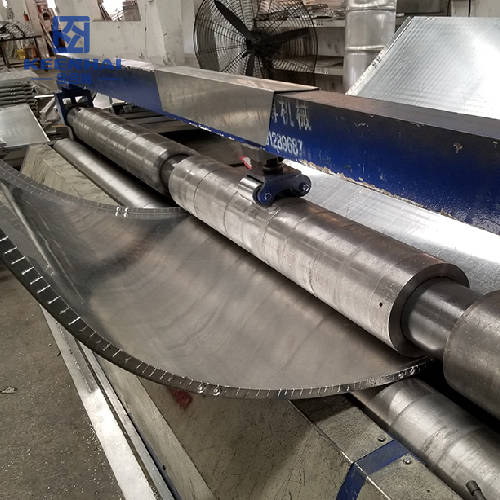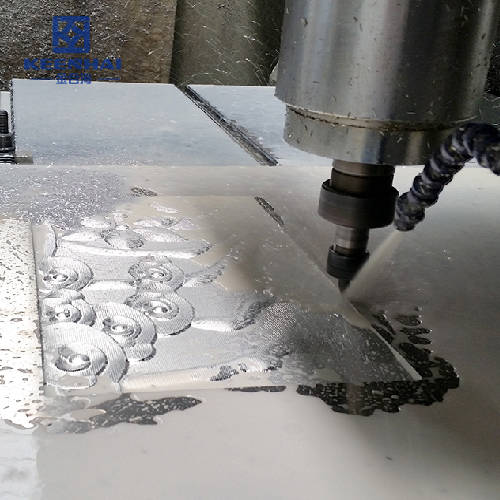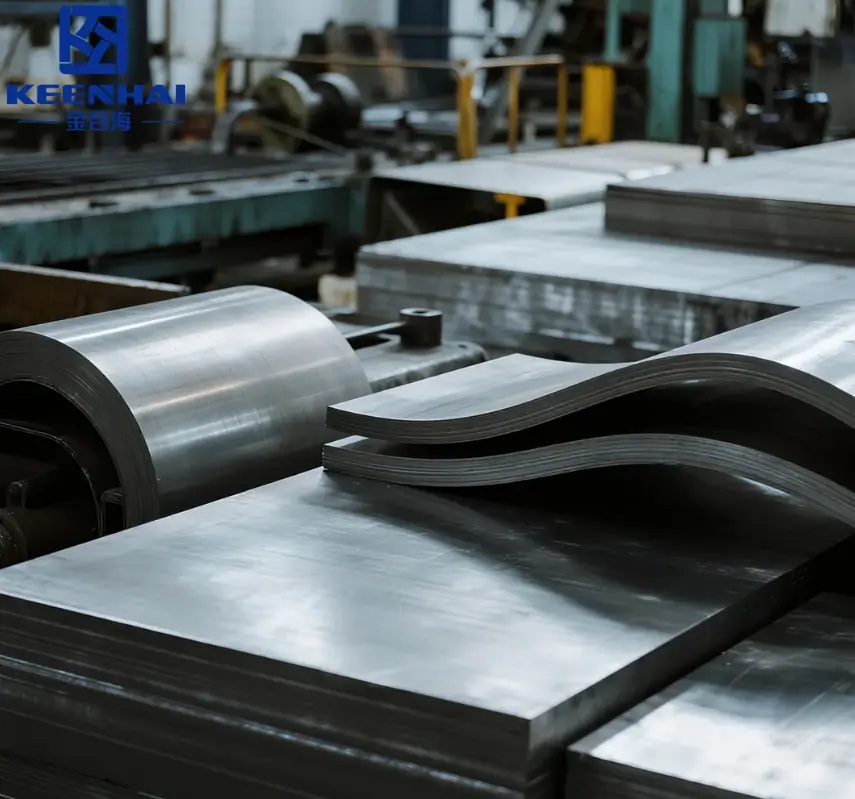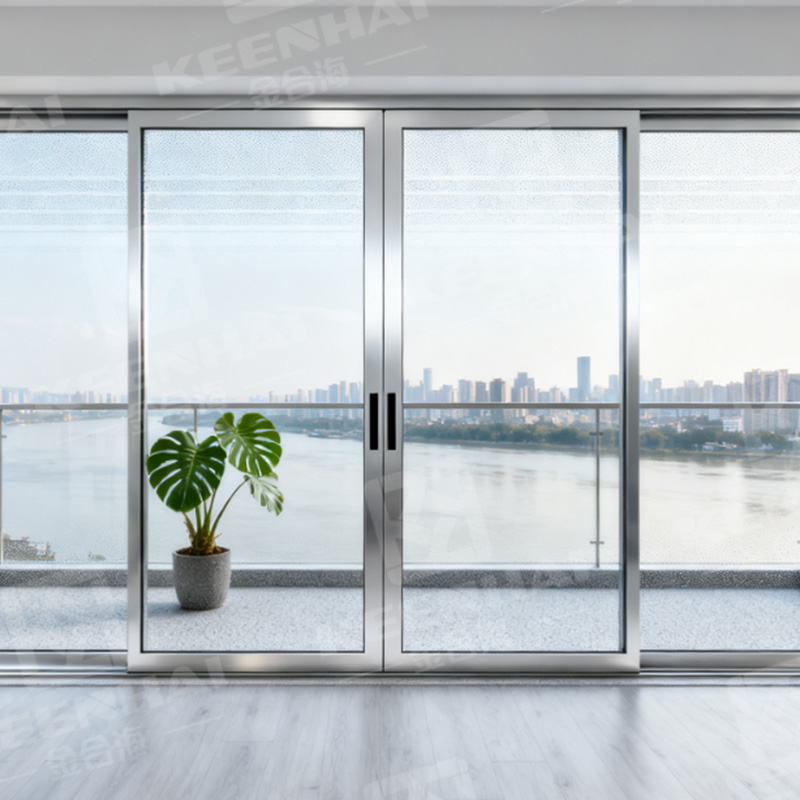If you’re wondering about the difference between Inox dan stainless steel, the short answer is simple: they are essentially the same material, but the grade and application make all the difference. Inox usually refers to stainless steel in general, while the choice between types like 304 and 316 affects cost, rust resistance, and long-term durability. For kitchens, indoor projects, and areas without harsh exposure, 304 keluli tahan karat is often enough. In marine or outdoor environments, 316 is the smarter option because of its superior corrosion resistance. This guide will break down cost, durability, and real-life uses so you can pick the right grade for your project in 2025.
1.What Is Inox Material?
1.1Definition of Inox Material
The term Inox berasal daripada perkataan Perancis inoxydable, which translates to “stainless.” Inox material is another name for stainless steel, commonly used in Europe and certain industries like kitchenware and architecture. Thanks to its unique chemical composition, the term emphasizes the material’s ability to resist rust and staining.
1.2Key Properties of Inox Material
Bahan Inox terkenal dengan rintangan kakisan yang sangat baik, dikaitkan dengan kandungan kromium (biasanya melebihi 10.5%). Ini mewujudkan lapisan pasif pada permukaan, melindunginya daripada pengoksidaan. Ia juga dihargai kerana kekuatan mekanikal, ketahanan dan kemasan digilap yang menarik secara visual, menjadikannya pilihan utama untuk kedua-dua aplikasi berfungsi dan hiasan.
2.What Is Inox and Stainless Steel?
Inox, short for acier inoxydable, is a high-chromium stainless steel alloy that offers superior resistance to rust and staining. It is widely used in high-end applications like kitchen equipment, jewelry, and marine products.
Stainless steel, in general, is a broad category of alloys that includes Inox and other grades. It contains a minimum of 10.5% chromium to prevent corrosion but may vary in nickel, molybdenum, and other alloy content depending on the grade.
| Ciri | Inox | Keluli Tahan Karat |
|---|---|---|
| Chromium Content | Typically 18%+ | 10.5%-18% (varies by grade) |
| Rintangan Kakisan | Very high | High |
| Common Uses | Kitchen equipment, jewelry | Construction, automotive, appliances |
All Inox is stainless steel, but not all stainless steel qualifies as Inox. This distinction is important when choosing materials for harsh environments.
3.Durability and Corrosion Resistance
-
Inox: Extremely resistant to oxidation, ideal for outdoor or high-humidity environments. It rarely rusts and maintains a polished finish over time. In marine environments, Inox 316 is often preferred for its molybdenum content, which improves corrosion resistance against saltwater.
-
Standard Stainless Steel: Durable and corrosion-resistant, but some grades like 304 may show minor surface rust if not maintained. For indoor projects, 304 stainless steel is usually sufficient.
Example: A stainless steel kitchen sink made of 304 grade may last 10–15 years with proper care, while a 316 Inox sink in a coastal home can easily last 20+ years without visible corrosion.

4.Membandingkan Bahan Inox dan Keluli Tahan Karat
4.1Terminology Differences
Salah satu perbezaan utama antara bahan Inox dan keluli tahan karat terletak pada istilah. Bahan Inox ialah istilah yang lebih biasa digunakan di Eropah dan industri terpilih, manakala keluli tahan karat ialah istilah global. Walaupun terdapat perbezaan dalam tatanama, mereka merujuk kepada bahan yang sama.
4.2Performance Similarities
Sama ada anda memanggilnya bahan Inox atau keluli tahan karat, prestasi bahan itu kekal konsisten. Kedua-dua istilah menggambarkan aloi tahan kakisan dan tahan lama dengan aplikasi yang serupa dalam pembinaan, barangan isi rumah dan industri.
4.3Variations in Perception
The difference in naming can create a perception that they are distinct materials. For example, “Inox” may be seen as a more premium brand in certain regions due to its association with European quality. In reality, the distinction is purely semantic.
4.4Cost Comparison
Material cost is often the first consideration for many projects.
| bahan | Average Price per Kg (USD) | Notes |
|---|---|---|
| Inox | 5–8 | Premium, corrosion-resistant |
| Keluli Tahan Karat | 3–6 | Cost-effective, versatile |
-
Inox: Higher upfront cost due to chromium and alloy content, but lower maintenance and longer lifespan often justify the price.
-
Keluli Tahan Karat: More budget-friendly and versatile for most indoor and non-extreme applications.
Real-world ROI: For outdoor stair rails or coastal railings, choosing Inox 316 over standard stainless steel may increase initial cost by 30–50%, but it avoids rust damage and replacement costs over a 15-year span.
5.Key Applications
5.1Kitchen and Household Items
Bahan Inox sinonim dengan kualiti dalam peralatan dapur. Ia adalah pilihan utama untuk periuk, kuali, kutleri dan singki kerana rintangan kakisan, pembersihan yang mudah dan estetika yang digilap. Permukaannya yang tidak reaktif juga menjadikannya selamat untuk penyediaan makanan.
5.2Construction and Design
Kekuatan keluli tahan karat dan rintangan cuaca menjadikannya ruji dalam pembinaan. Ia digunakan untuk rangka kerja struktur, pagar, fasad, dan elemen hiasan dalam kedua-dua bangunan kediaman dan komersial. Penampilan moden yang anggun daripada keluli tahan karat atau bahan Inox meningkatkan reka bentuk seni bina.
5.3Industrial and Automotive Uses
Dalam persekitaran yang mencabar seperti kilang perindustrian atau pembuatan automotif, keluli tahan karat cemerlang kerana ketahanan dan keupayaannya untuk menahan keadaan yang melampau. Ia biasanya digunakan dalam sistem ekzos, tangki kimia, dan peralatan marin.
6.Different Grades of Inox and Stainless Steel
Understanding grades can help fine-tune your choice:
| Grade | Penggunaan Biasa | Key Advantage |
|---|---|---|
| 304 | Kitchen equipment, appliances | Cost-effective, good corrosion resistance |
| 316 | Marine, outdoor furniture | High corrosion resistance, ideal for harsh environments |
| 430 | Automotive trim, indoor appliances | Magnetic, budget-friendly |
For outdoor, coastal, or high-moisture areas, Inox 316 or equivalent is the safest choice.
7.Maintenance and Lifespan
-
Inox: Low maintenance. Occasional cleaning with mild detergent keeps it shiny. Extremely resistant to corrosion, scratches, and stains.
-
Keluli Tahan Karat: Requires regular cleaning to prevent surface rust, especially in high-humidity or coastal areas. Abrasive cleaners may damage the protective chromium layer.
Example: A 316 Inox outdoor railing may only need yearly cleaning, while a 304 stainless steel railing might require quarterly maintenance in the same environment.

8.Common Misconceptions
-
All stainless steel is Inox – Incorrect. Only certain high-chromium stainless steels qualify as Inox.
-
Higher price always means better quality – Not necessarily. Choosing the right grade for your environment is more important.
-
Maintenance is the same for all grades – Inox generally requires less care, while standard stainless steel may need frequent cleaning to prevent rust.
When deciding between Inox dan stainless steel, consider:
-
Environment: Coastal, marine, or humid areas favor Inox 316.
-
Budget: Stainless steel is sufficient for indoor, less demanding applications.
-
Panjang umur: Inox offers longer lifespan and lower long-term maintenance.
By understanding your project requirements, you can choose the material that provides the best combination of durability, performance, and value.
If you’re ready to pick the finish that locks in color and cuts long-term upkeep, see our PVD stainless steel sheet guide.







